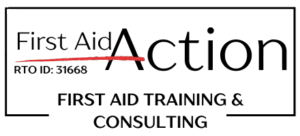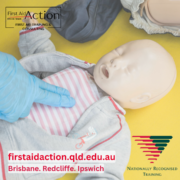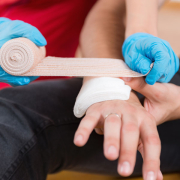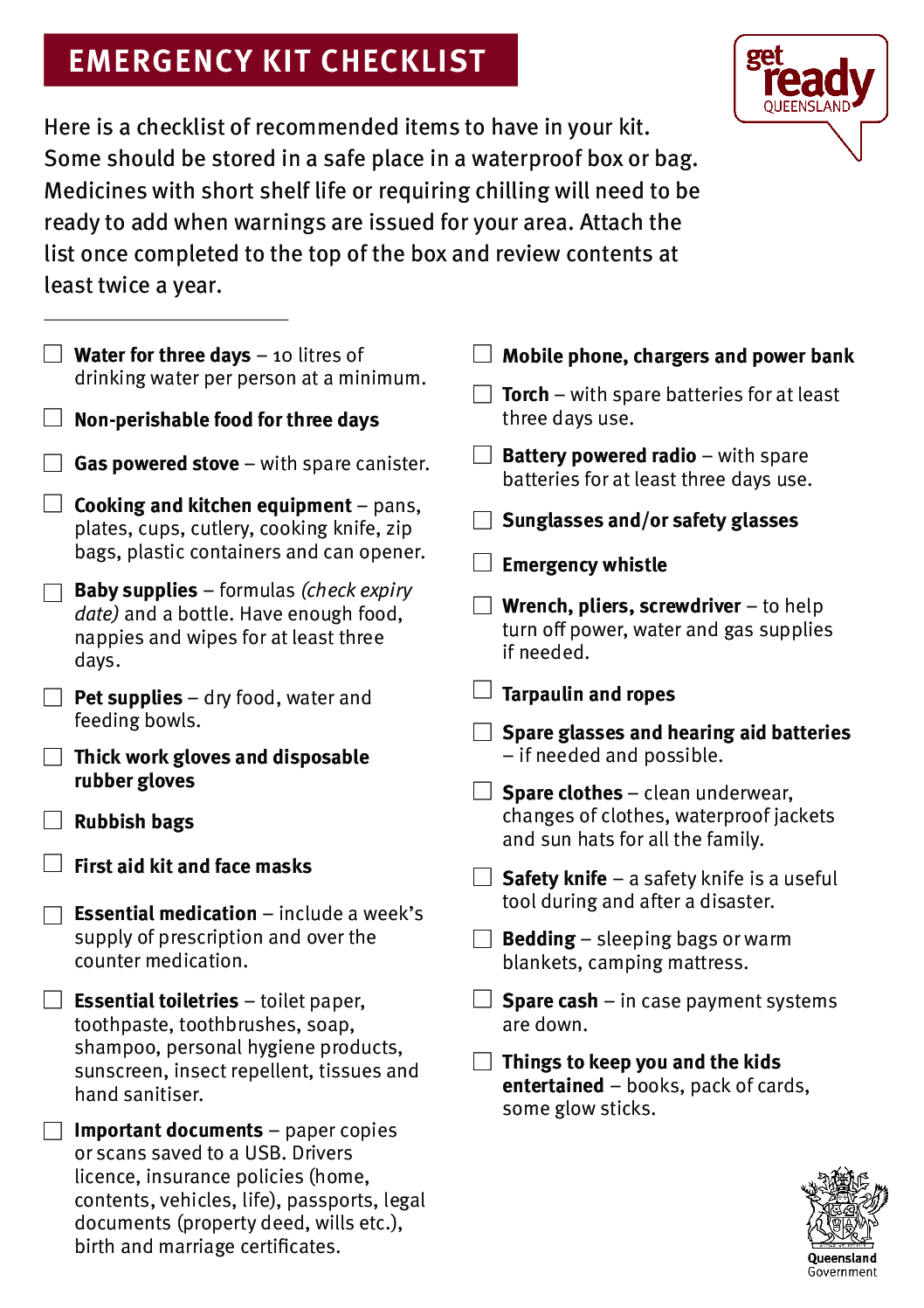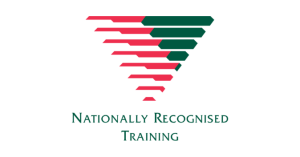What to do if your baby stops breathing?

Learning Infant CPR is important for all parents, grandparents, older siblings and any other person that may look after your baby. It would be more traumatic to do nothing than to be able to do something that may save your babies life.
Thankfully the ambulance staff are amazing and will guide you through the steps of CPR. But, what happens if you have no service on your mobile or your phone is flat or you have left it somewhere and can’t find it? Many people have no landlines anymore and prefer to just use mobile phones.
Follow the steps of DRSABCD as per the Australian Resuscitation Council guidelines:
D – Danger – Ensure the safety of yourself, any other people and your baby before commencing CPR
R – Response – Check to see if your baby is response by talking and touching their hands and feet. Making a clicking or clapping noise with your hands may wake the baby from an unconscious state.
S- Send for an ambulance (000 or 112 on mobiles) and ask if there is a defibrillator available
A – Airway – open your baby’s mouth and check for any vomit or blockages. Turn your baby on their side to clear any blockages.
B – Breathing – check for any breathing for up to 10 seconds
C – Commence CPR – 30 compressions in the middle of the chest and then give 2 cheek full puffs of air into your baby’s mouth and nose. Ensure that you keep your baby’s head in a neutral position only. Use only two fingers and press down 1/3rd the depth of your baby’s chest and aim to press 2 compressions per second (100 – 120 min).
D – Defibrillation – If there is one available, immediately turn it on and follow the voice prompts.
It is always best to practice these skills on a manikin under the guidance of a first aid instructor so that you are better prepared for this type of emergency. Join one of our public courses on the course calendar tab or Luella is more than happy to do a live Zoom session with you. Check out the home page about Live Webinars.
You can also check out Luella’s YouTube channel and watch the video on Infant CPR:
https://www.youtube.com/channel/UCO49Wu-VLtuFVFmATqPG1mg
